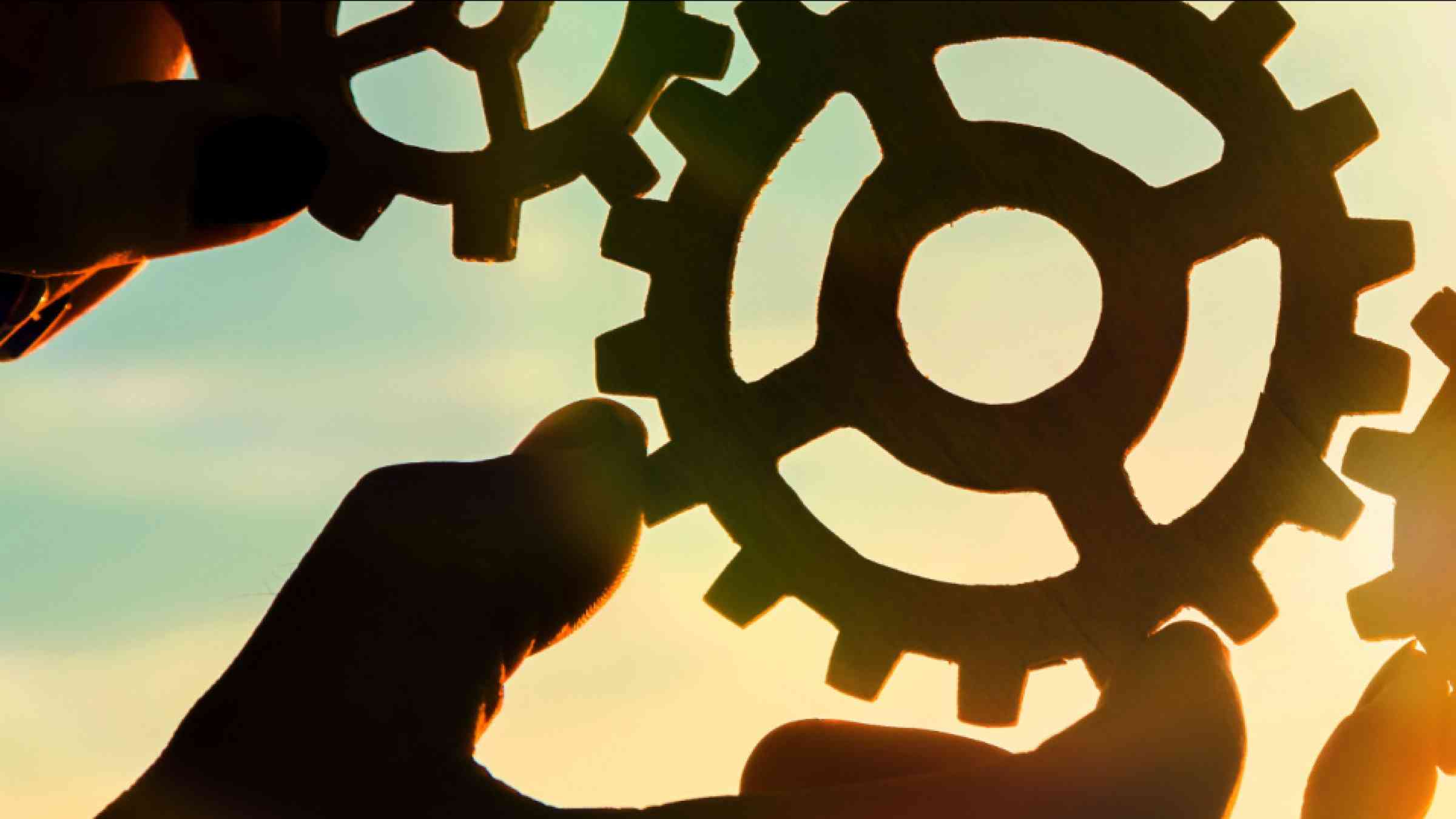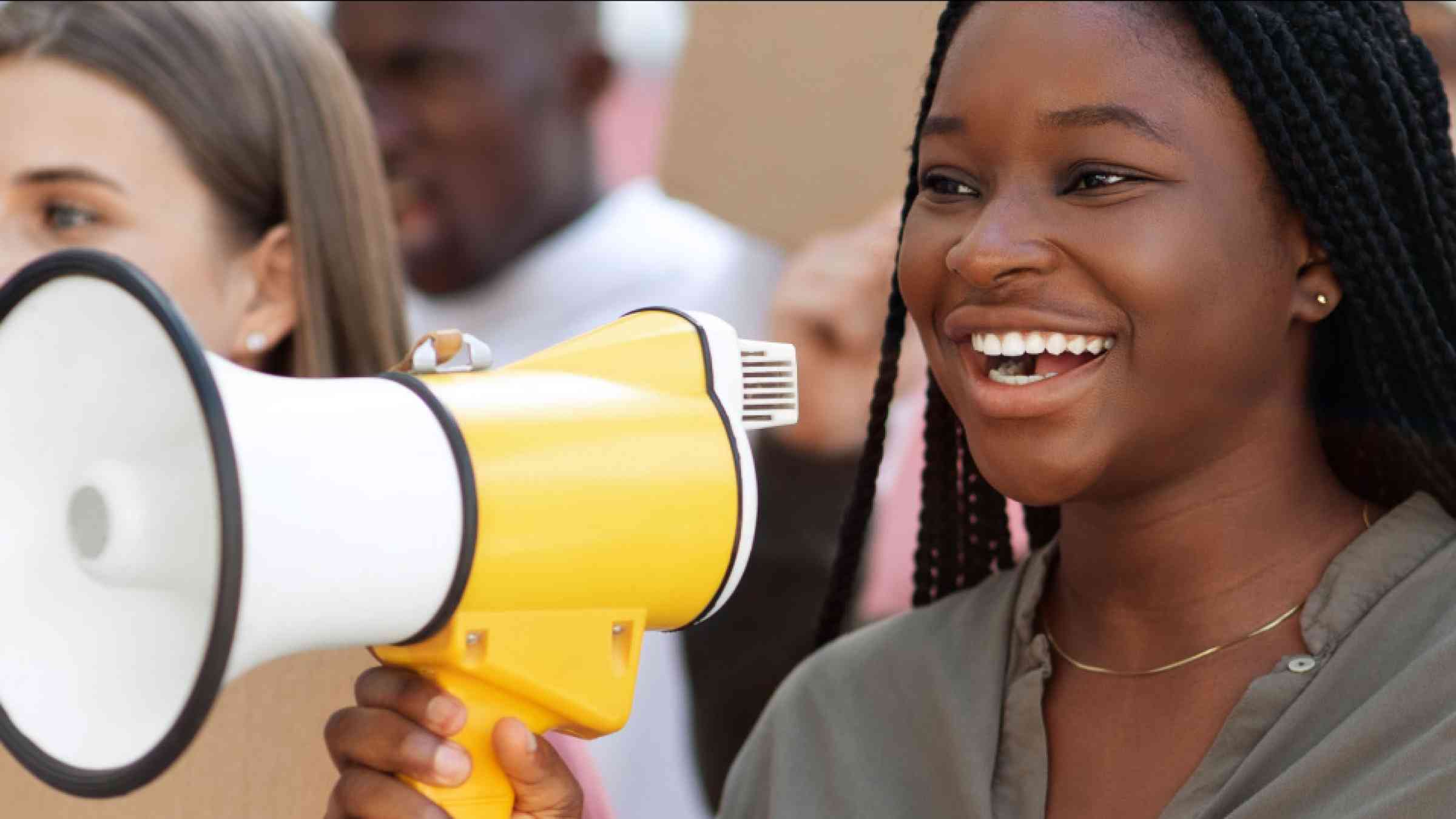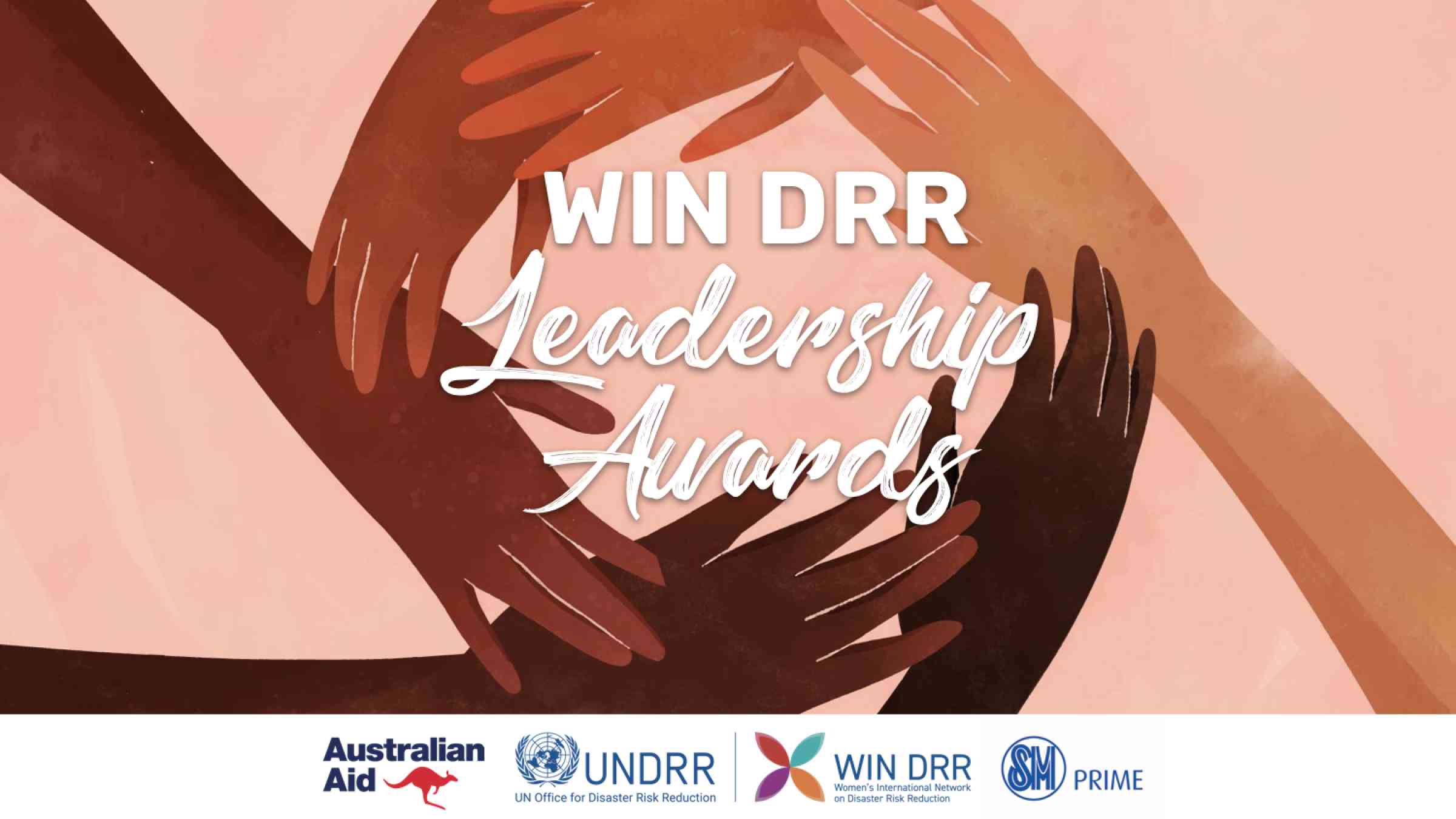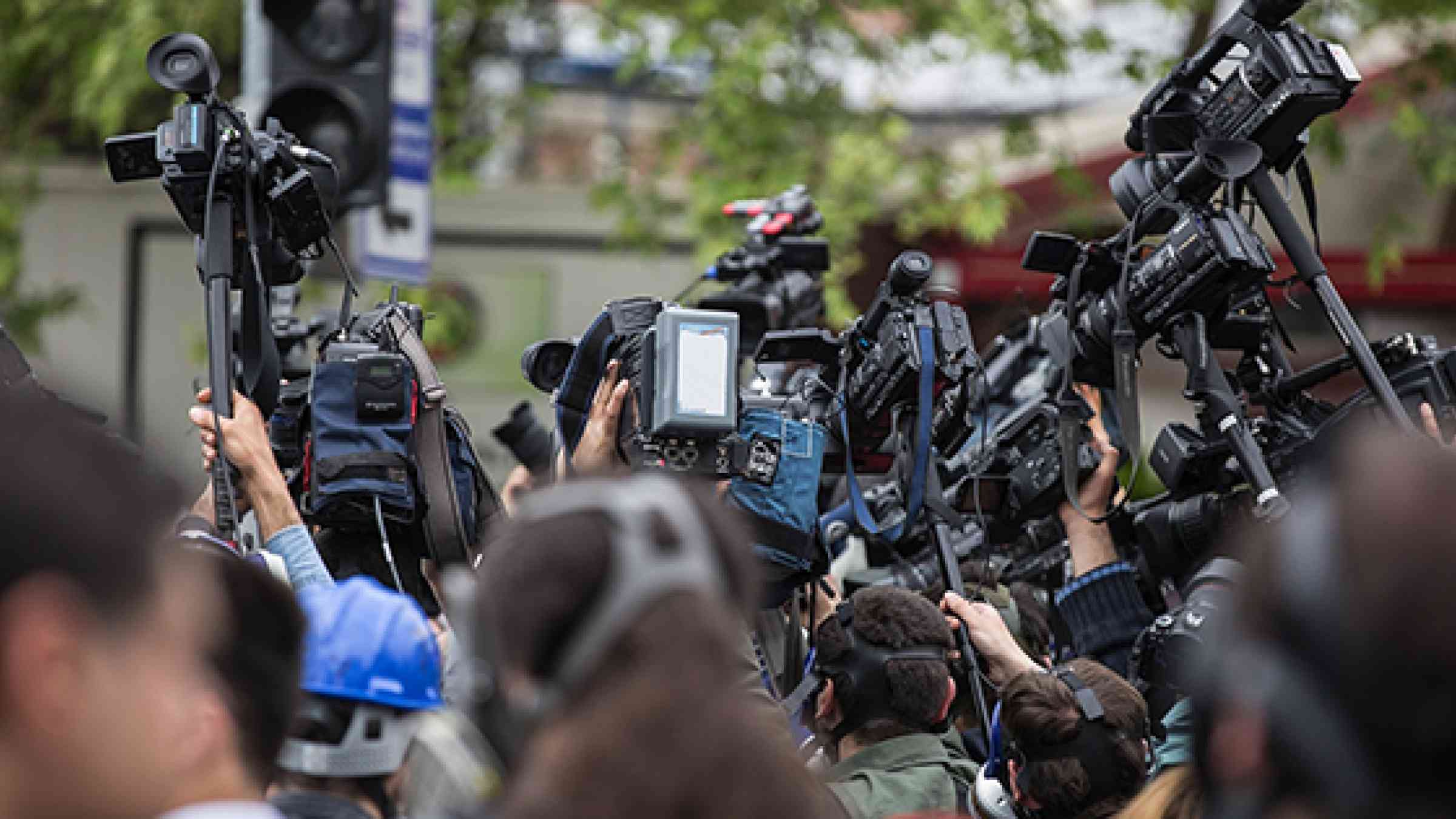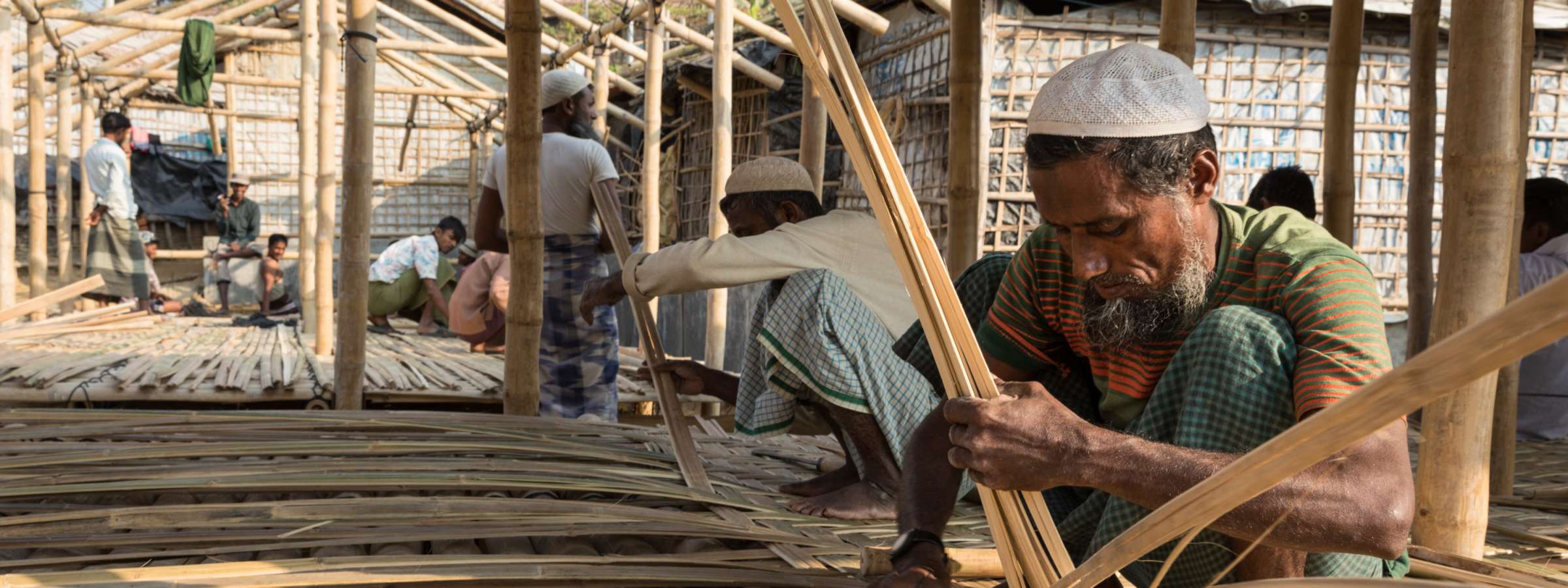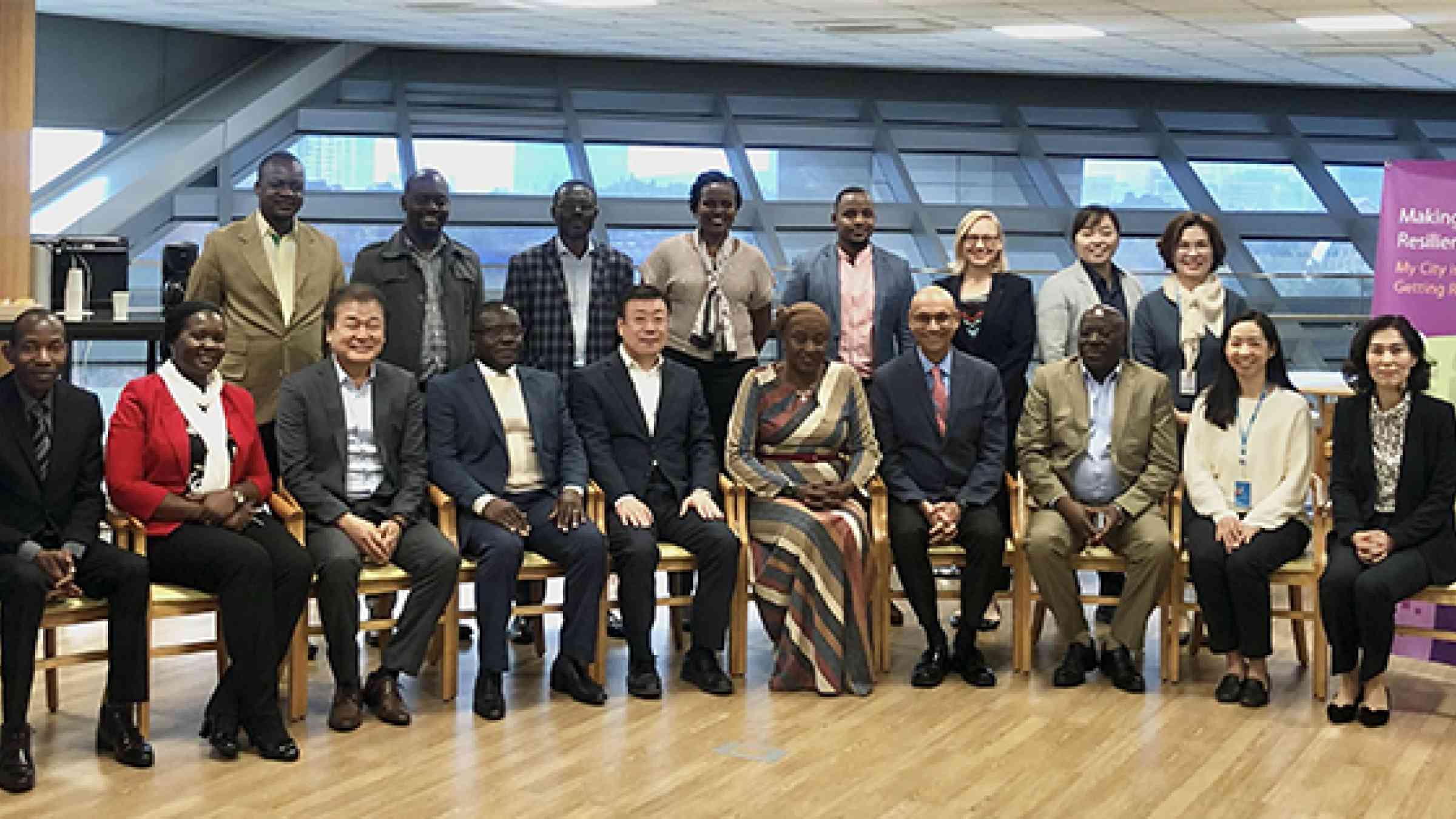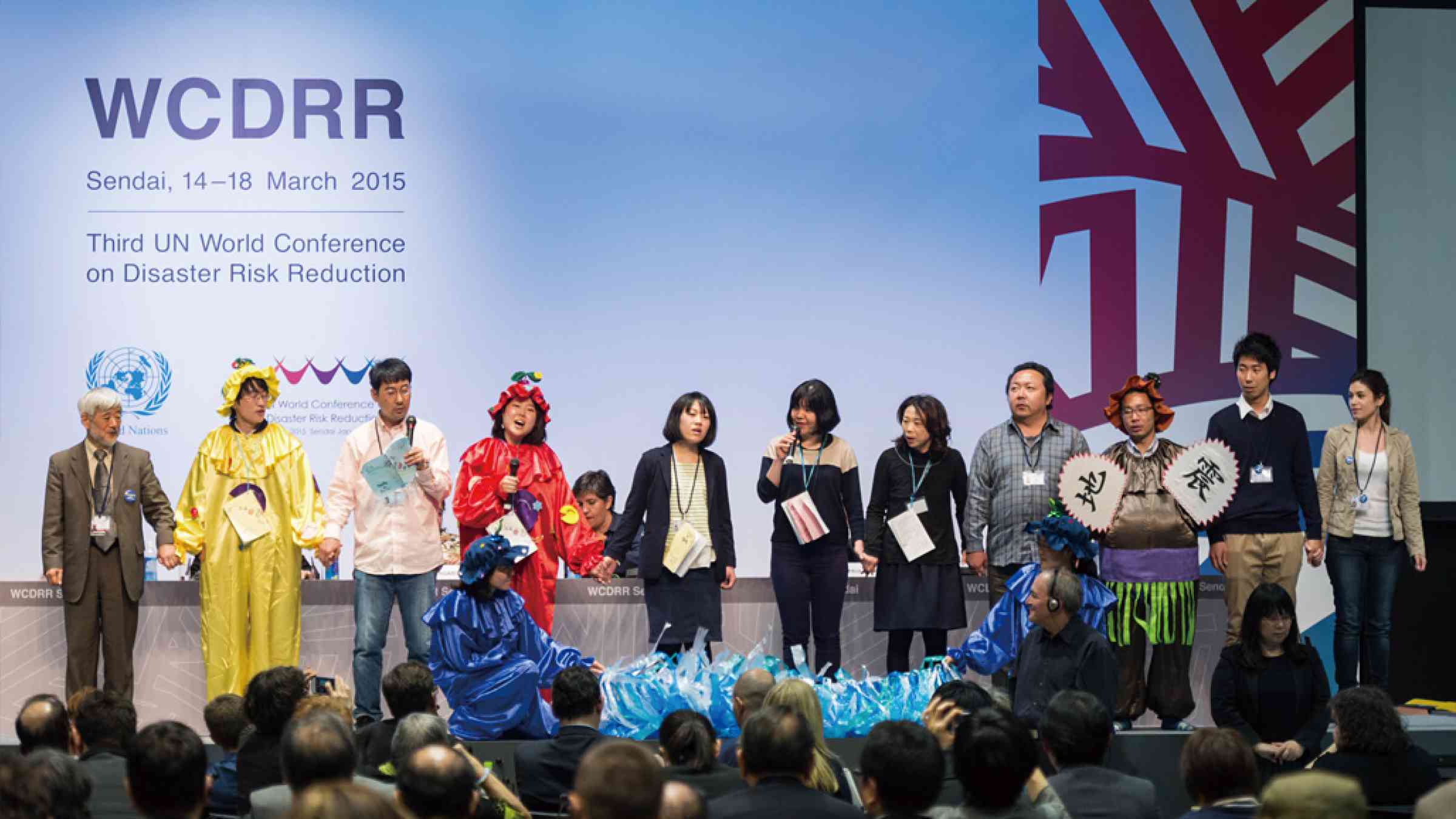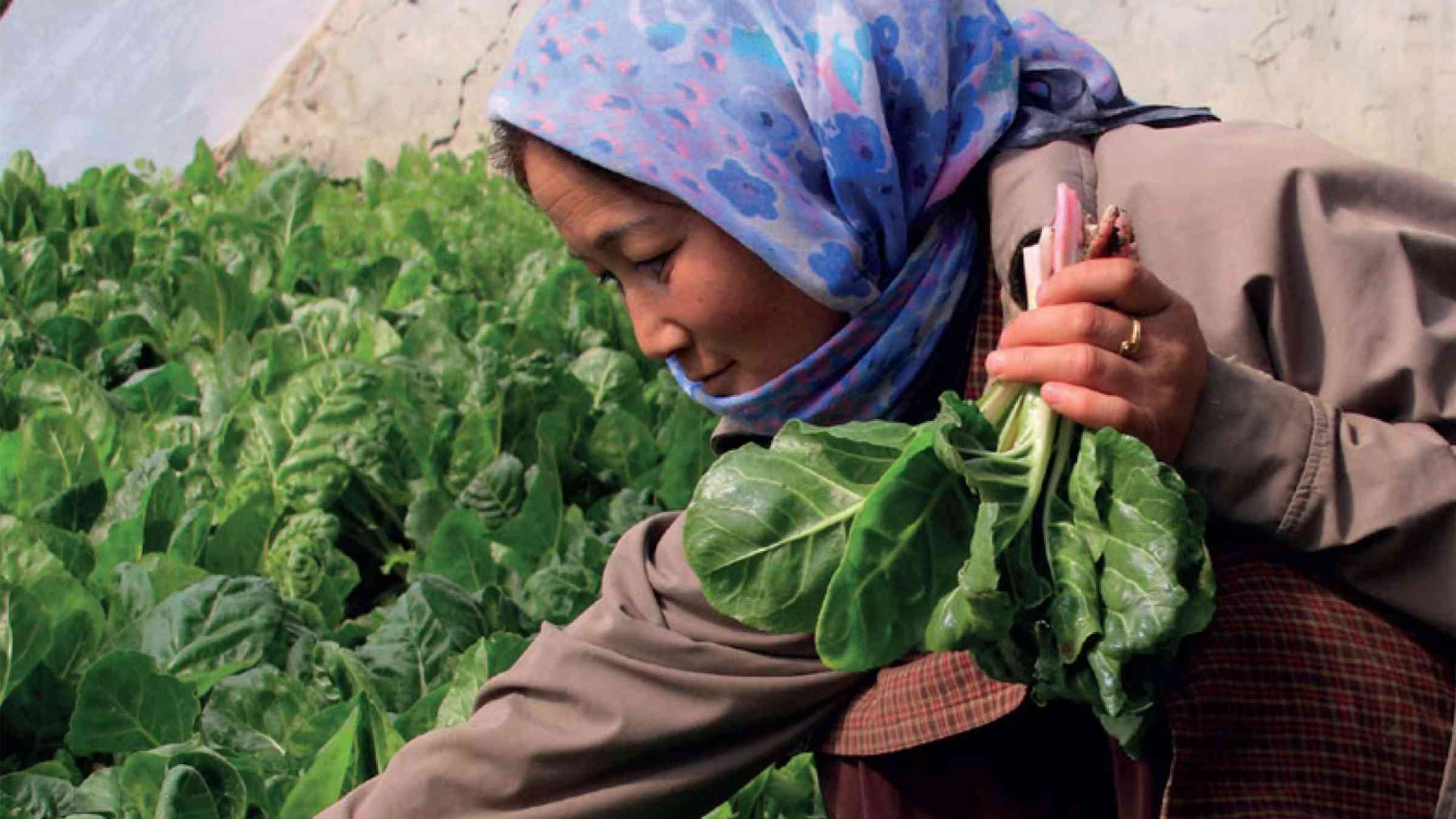Our work
The United Nations Office for Disaster Risk Reduction (UNDRR) has a big ambition: to help decision makers across the globe better understand and act on risk.
At UNDRR, we envision a world where disasters no longer threaten the well-being of people and the future of the planet. Sustainable development and the 2030 Agenda cannot be achieved without working towards that goal of building resilience.
Our key message:
It pays to invest in reducing the risks posed by disasters.
Every dollar spent doing this can save fifteen in post-disaster recovery costs. Every dollar invested in making infrastructure disaster-resilient saves four that would otherwise have to be spent rebuilding.
Mission
To provide leadership and support to accelerate global efforts in disaster risk reduction to achieve inclusive sustainable development and the goal of the Sendai Framework.
Vision
A world where disaster risks no longer threaten the well-being of people and the future of the planet.
It’s time to break the cycle of disaster > response > dependency > repeat. This means switching the focus from managing disasters to managing risk. Bringing about that conceptual shift, not only within governments but across ‘all of society’, in the way we live, build, plan, and invest, is core to our work at UNDRR.
An essential step along this journey is acknowledging the fact that there is no such thing as a natural disaster. There are natural hazards that cannot be prevented, such as earthquakes, floods, droughts, and cyclones. But we can curb their destructive power—in other words, stop them turning into major disasters—through careful and coordinated planning that is designed to reduce people’s exposure and vulnerability to harm.
UNDRR is delivering positive change and accelerating progress towards the Sustainable Development Goals
As the lead agency within the United Nations system for the coordination of disaster risk reduction, we use our authoritative expertise and presence in five regional offices to build and nurture relationships with national and local governments, intergovernmental organisations, civil society and the private sector.
Better decisions about risk require a deeper understanding of its complexities and relationship with sustainable development. So we collect, collate, and share the latest high quality technical information and data about reducing risk and building resilience more effectively. Hundreds of experts work in our science and tech advisory groups, essential partners for governments and other stakeholders all over the world.
We work closely with countries to help them build and strengthen integrated systems to manage risk and implement evidence-based policies in a way that mainstreams DRR across all areas of governance at the local, national and regional levels. The development and roll-out of inclusive and accessible multi-hazard early warning systems is a key part of this work. Such systems save lives: on average, when disaster strikes, fatality rates in countries without them are eight times higher than in countries that have put them in place.
We regularly convene global and regional events that bring together partners, experts, country and community leaders to share their experiences and review progress on the 2015-2030 Sendai Framework for Disaster Risk Reduction, a set of targets and action points designed to protect development gains from the risk of disaster.
Our work is also aimed at incentivising and accelerating both public- and private-sector investment in DRR. This is necessary, achievable and makes good financial sense, especially when such funding is integrated with climate adaptation.
UNDRR and the Sendai Framework
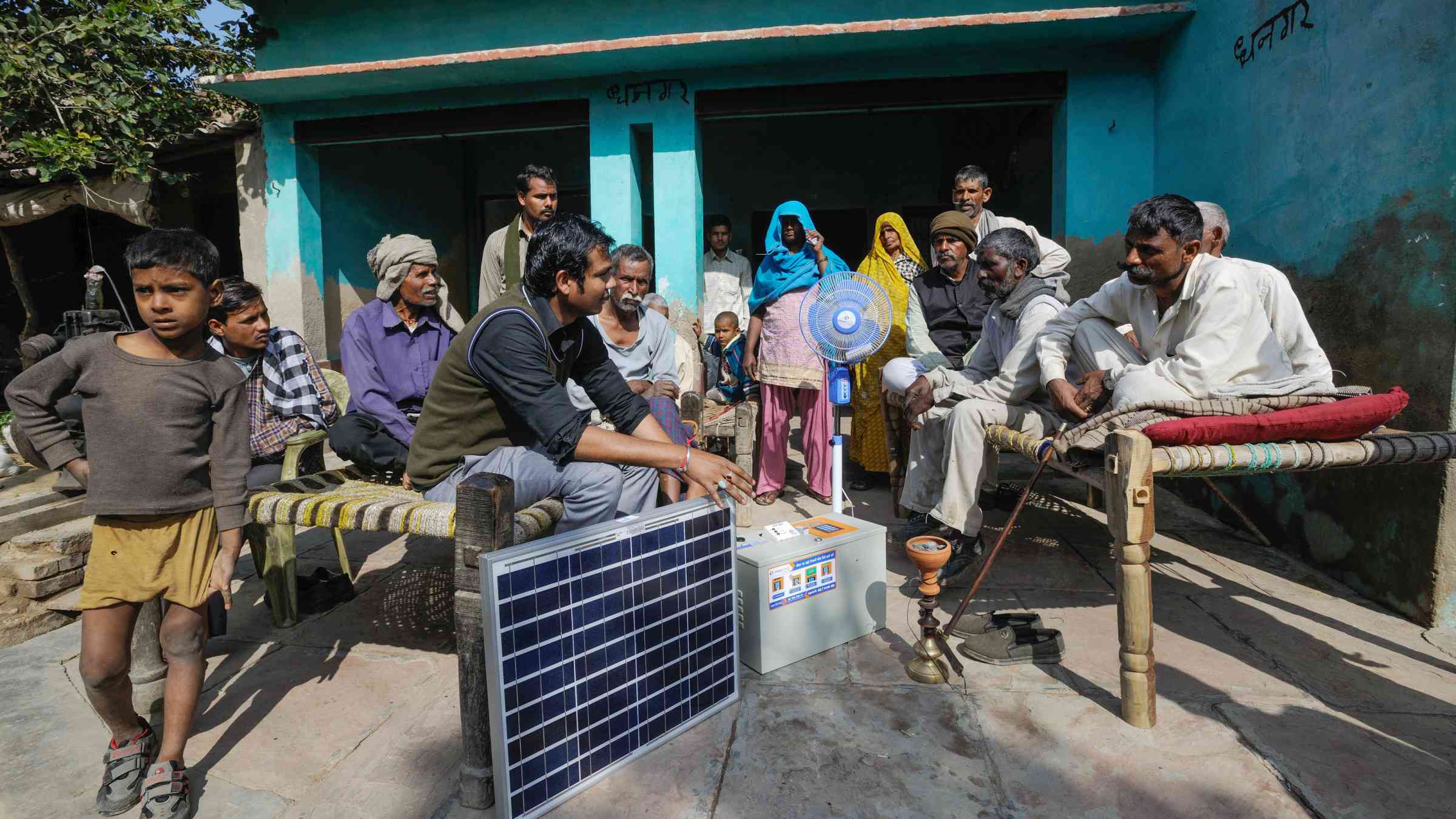
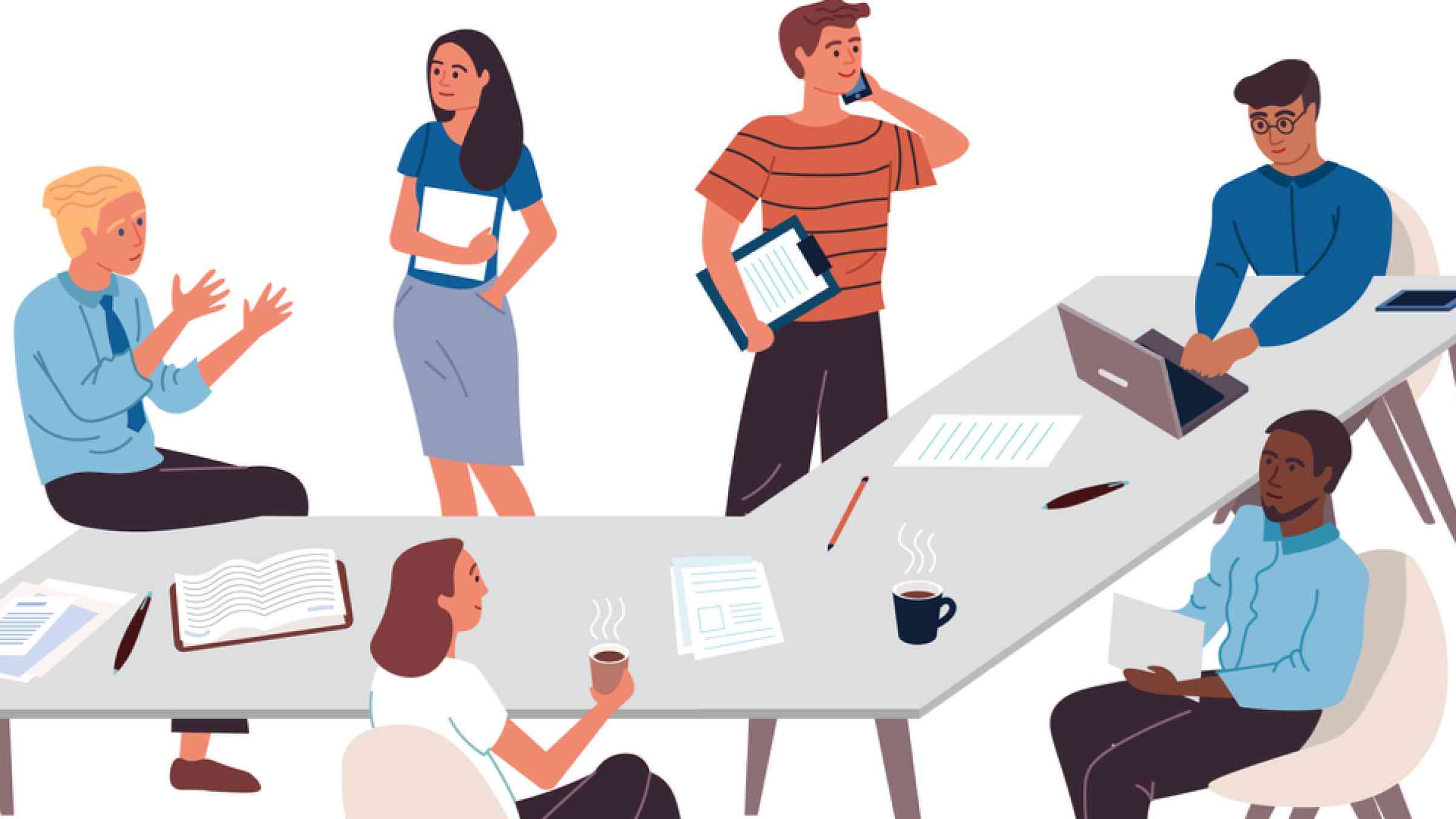
Learn more about UNDRR
Engage UNDRR
